The Port of London, situated along the Thames River. It is a vital maritime hub with a rich history dating back centuries. Serving as the UK’s largest port, it encompasses a vast network of docks, terminals. Also facilities, facilitating international trade and commerce. The port’s strategic location has played a pivotal role in shaping London’s economic growth and global connectivity.
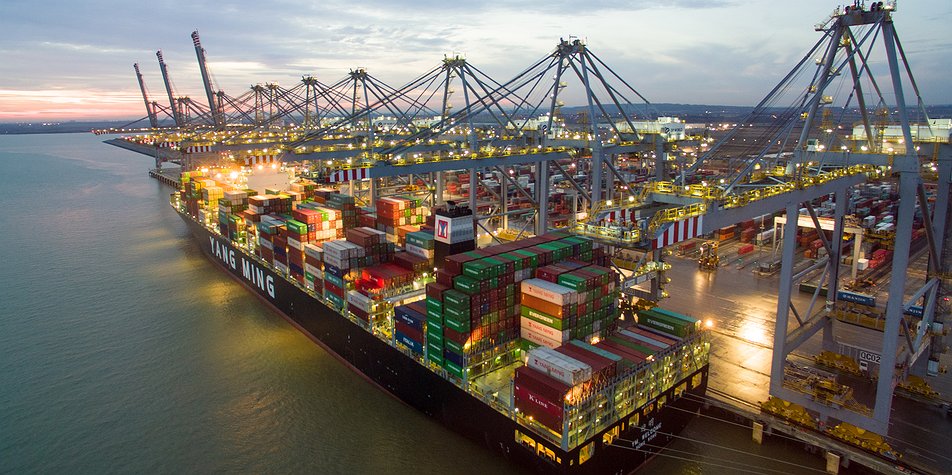
Diverse cargo, including containerized goods, bulk commodities, and passenger traffic, flows through its terminals, showcasing its versatility. The Port of London Authority (PLA) oversees its operations, ensuring efficient navigation, safety, and environmental stewardship. The port’s significance extends beyond shipping, influencing regional development and contributing to the city’s cultural and architectural heritage. As a dynamic and adaptive entity, the Port of London remains a crucial component of the global supply chain. Also fostering economic prosperity and maintaining its historical prominence.
History of Port of London:
The history of the Port of London is a tapestry woven with maritime significance. Dating back to Roman times, the Thames River served as a vital trade route, evolving into a bustling port by the Middle Ages. The construction of docks and wharves in the 19th century further transformed the port. Hence making it an international trading powerhouse during the British Empire’s zenith.
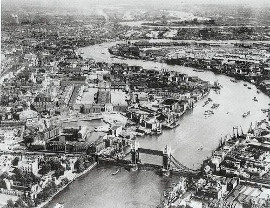
The devastation of World War II led to substantial rebuilding efforts in the post-war period, modernizing facilities and expanding capacities. However, the latter half of the 20th century saw a decline in shipping activity. Also prompting a shift towards containerization and specialized terminals. Today, the Port of London stands as a dynamic, state-of-the-art maritime complex. Thus blending historical resonance with contemporary efficiency, exemplifying its enduring role as a key player in global trade and transportation.
Global position of Port of London:
The Port of London holds a strategic global position, contributing significantly to international trade and commerce. As the largest port in the United Kingdom, it serves as a vital gateway for goods entering and leaving the country. Located along the Thames River, the port enjoys proximity to major European markets, enhancing its accessibility and connectivity.

The port’s extensive network of terminals accommodates a diverse range of cargo, including containers. Also bulk commodities, and liquid goods, solidifying its role in the global supply chain. Furthermore, the Port of London’s historical importance and modern infrastructure make it an attractive destination for shipping lines. Also businesses seeking efficient and reliable maritime services. Its global relevance is underscored by the Port of London Authority’s commitment to innovation. Also sustainability, and maintaining high standards of navigation, ensuring its continued prominence in the dynamic landscape of international trade.
Areas around Port of London:
The areas surrounding the Port of London are diverse and dynamic, reflecting a blend of historical charm and contemporary vibrancy. The port is centrally located within the Greater London region, with districts such as Greenwich, Tower Hamlets, and Newham bordering its banks. Greenwich, with its maritime history and iconic landmarks like the Cutty Sark, offers a cultural backdrop to the port’s activities.
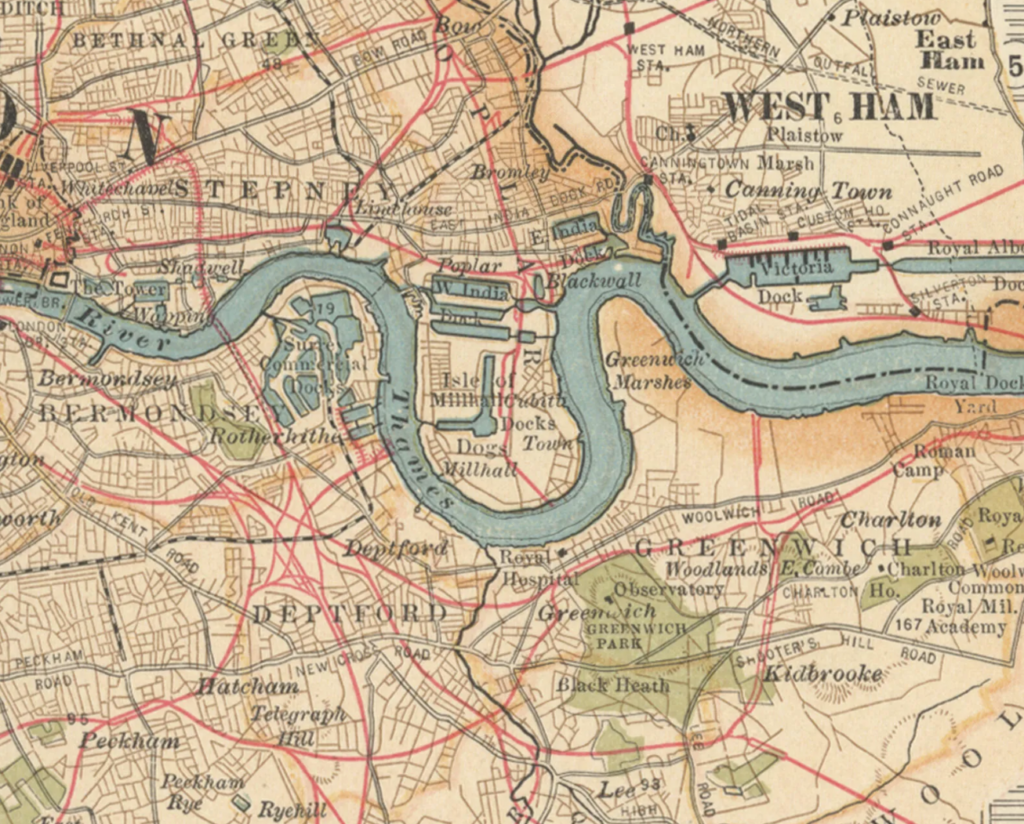
Tower Hamlets, known for the historic Tower of London, contributes to the area’s historical richness. Newham, home to the ExCeL London exhibition center, adds a modern touch to the surroundings. These neighborhoods not only witness the bustling maritime activities of the port but also host a mix of residential, commercial, and cultural spaces. The synergy between the Port of London and its adjacent areas creates a dynamic tapestry. Where tradition meets innovation, making it a fascinating and integral part of London’s urban landscape.
Countries for which Port of London serves as hosting port:
The Port of London serves as a hosting port for a multitude of countries, acting as a pivotal gateway for global trade. It facilitates maritime connections with nations across Europe, including major trading partners like Germany, France, and the Netherlands. Its strategic location and advanced infrastructure make it an essential link for trade routes connecting the United Kingdom with countries in Asia, Africa, and the Americas.
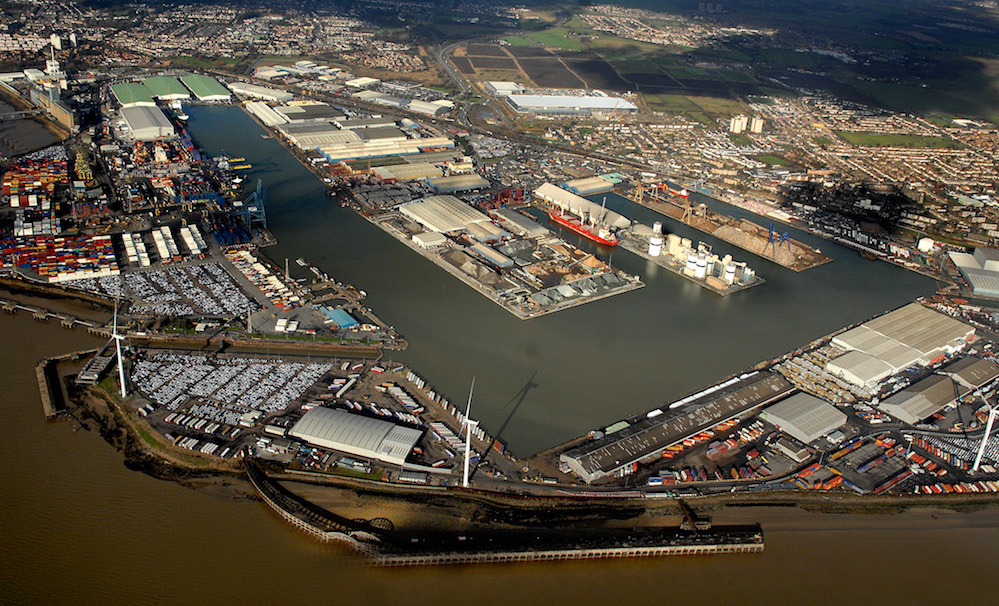
The port handles diverse cargo, ranging from containerized goods to bulk commodities, catering to the needs of trading partners worldwide. With its historical significance and modern efficiency, the Port of London plays a crucial role in fostering international commerce, serving as a dynamic hub for shipping and logistics that extends its influence across a broad spectrum of nations, contributing to the global flow of goods and economic connectivity.
Port of London with London Car Transfer:
The Port of London, coupled with London Car Transfer services, facilitates seamless connectivity for various countries, enhancing the efficiency of international trade and transportation. European nations, including Germany, France, and the Netherlands, benefit from the port’s strategic location, which expedites the movement of goods through efficient road and car transfer networks. The comprehensive car transfer services contribute to the smooth transit of cargo between the port and neighboring countries, ensuring timely and reliable deliveries.
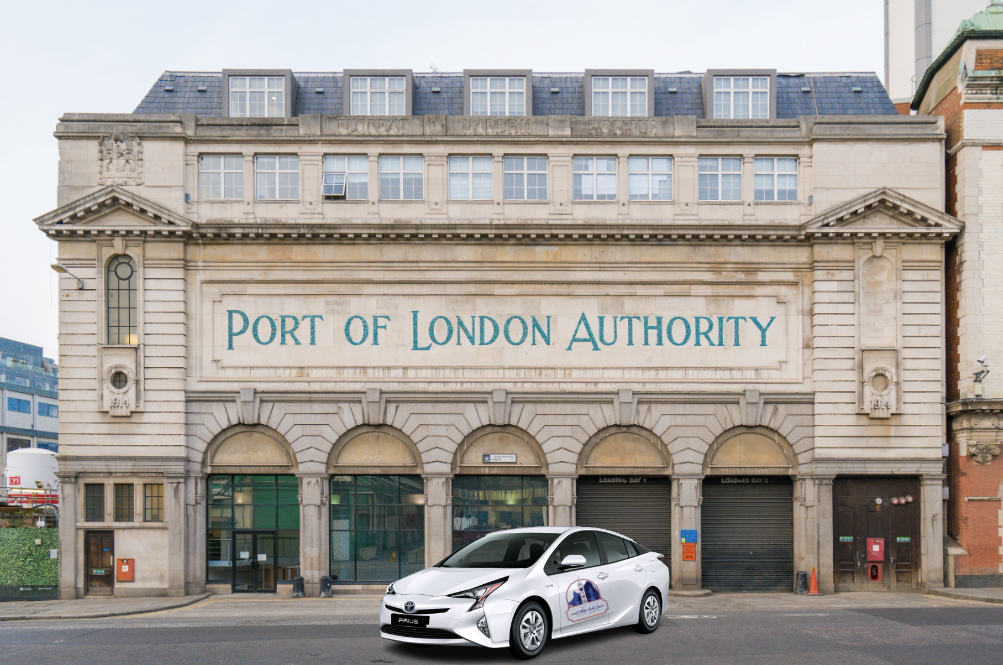
Additionally, the Port of London serves as a crucial link for global trade routes, connecting with countries across Asia, Africa, and the Americas. The integration of London Car Transfer services amplifies the port’s role as a dynamic and well-connected hub, fostering economic collaboration and enabling the swift movement of goods between the UK and its international trading partners.
Booking through website service:
Booking services through the website for Port of London with London Car Transfer streamlines the logistics process, providing a user-friendly and efficient platform for businesses and individuals. The online system offers a seamless experience, allowing users to schedule and manage transportation services with ease. Clients can access real-time information, select specific services tailored to their needs, and make reservations at their convenience.

The integrated platform not only simplifies the booking process for port-related services but also ensures a smooth transition to London Car Transfer, optimizing the overall supply chain. This digital approach enhances transparency, tracking capabilities, and communication between stakeholders, fostering a more agile and responsive transportation network. The website booking service for Port of London with London Car Transfer reflects a commitment to modern, customer-centric solutions, contributing to the port’s effectiveness as a global trade and transportation hub.
The Port of London serves as a vital gateway, connecting not only with the UK but also with countries across Europe, Asia, Africa, and the Americas. London Car Transfer enhances this role, providing swift and dependable transportation of goods. This integrated system—comprising the Port of London and its associated car transfer services—demonstrates a dedication to innovation, responsiveness, and exceptional customer satisfaction. By incorporating the best manpower services, the Port of London and London Car Transfer together play a crucial role in the city’s economic vitality, bolstering London’s status as a global leader in maritime commerce and transportation.
In conclusion, the Port of London, coupled with London Car Transfer services, stands as a dynamic nexus in the global supply chain. Its strategic location, historical significance, and modern infrastructure make it a vital hub for international trade. The seamless integration of online booking services enhances accessibility, efficiency, and transparency, streamlining logistics for businesses and individuals alike.
